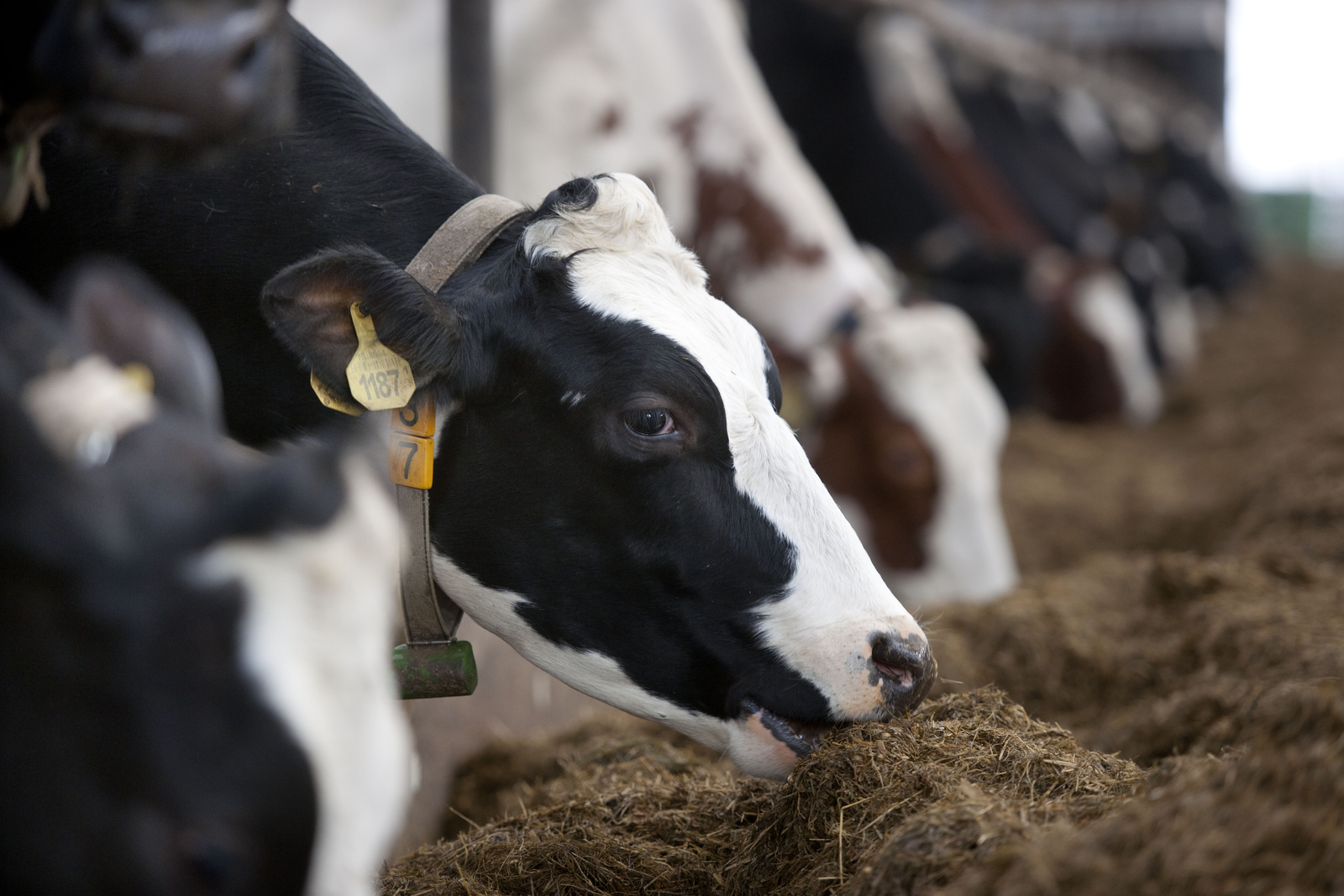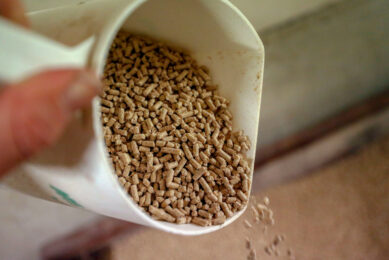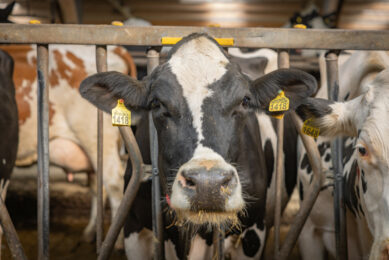Farmers advised to show caution in co-product feeding

Dairy and beef farmers using low-cost liquid co-products in livestock diets this winter could be unaware of the shortfall in their true feed value.
Phil Holder of ED and F Man say it’s not often recognised that products sourced from dairy processing and other fermentation processes will create little rumen activity because most of their nutrient value has already been removed.
He has seen dairy herds suffer a sudden depression in milk yield when low-nutrient value co-products have been used.
“Farmers need to fully understand the value of what they’re feeding; and for dairy farmers that’s never been more critical than this winter.
“All the best bits have gone in terms of feed value because co-products are what’s left behind after an industrial process. They may be cheap, but they can prove to be an expensive mistake when milk yields collapse and beef cattle fail to perform because of the nutritional shortfall of these products,” adds Dr Holder.
He says dairy farmers must remember that every dairy cow is her own fermentation vessel. “That’s what her rumen does and yet some liquid co-products are providing her with feed that has already been fermented or processed. You cannot ferment a feed twice.
“While there is a protein content in co-products, it has little stand-alone value and requires a source of fermentable energy to make it nutritionally valuable in the rumen. The low dry-matter content of co-products means high levels have to be fed to achieve the required feed value.”
Independent nutritionist Colin Morgan of SAC Consulting says the vast range of co-products available means farmers should be aware of exactly what they are buying.
“Most liquid co-products often have good nutritional content, but the problem is the dry matter. Molasses and pot ale syrup have good dry matter content with molasses up at 75% DM and pot ale syrup at 30-40% DM, so they make good feeding options. However, if you’ve got a product under 20% dry matter then there’s going to be a lot of water and you would have to feed a lot to get the energy.”
Dr Morgan advises farmers buying liquid co-products to look at the dry matter, and importantly the variability in dry matter. “If the dry matter varies, then the nutrient content varies, so check with your supplier, along with the level of tolerance.”
He also suggests considering storage options, the shelf life of the product and the level of trace elements to make sure there are no excesses.
Research into rumen fermentation undertaken by Edinburgh-based BioParametrics – and using cane molasses as a 100% base measurement for rumen activity and feed value – has shown that a range of the most widely available liquid co-products are at 10-20%.
Roy Fawcett of BioParametrics says: “It’s also important to remember that molasses-based liquid feeds are usually fed at the recommended rate of 1.5-2kg a head a day.
“To provide a dairy cow or a beef animal with the same level of fermentable energy based on a typical liquid co-product such as whey permeate or ethanol spent wash, it would be necessary to feed in excess of 6kg.
“And when that level of co-product is used – and many must be used within seven to 10 days of delivery to prevent spoilage – not only is it increasing the cost, but it’s producing a very stodgy TMR mix.”
The acidity of many co-products is also a concern. “A lot of co-products are the result of fermentation processes and are, by nature, acidic.
“The rumen works best at a pH of around 6.5-7pH. That compares with a 4-5pH for many fermentation and food processing co-products. If the acid load of the rumen is being increased, it’s unable to function correctly and performance will be impaired,” he says.











